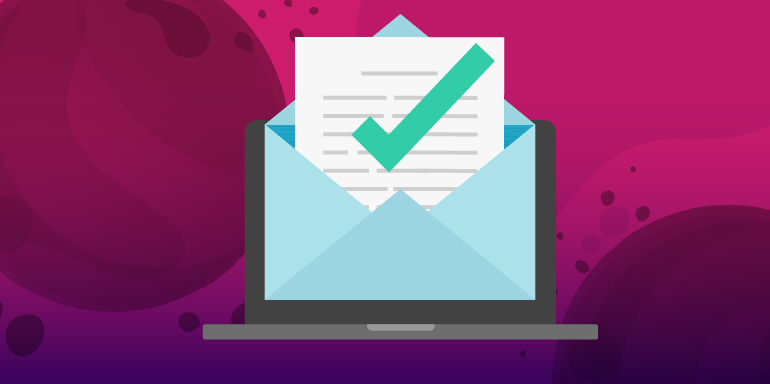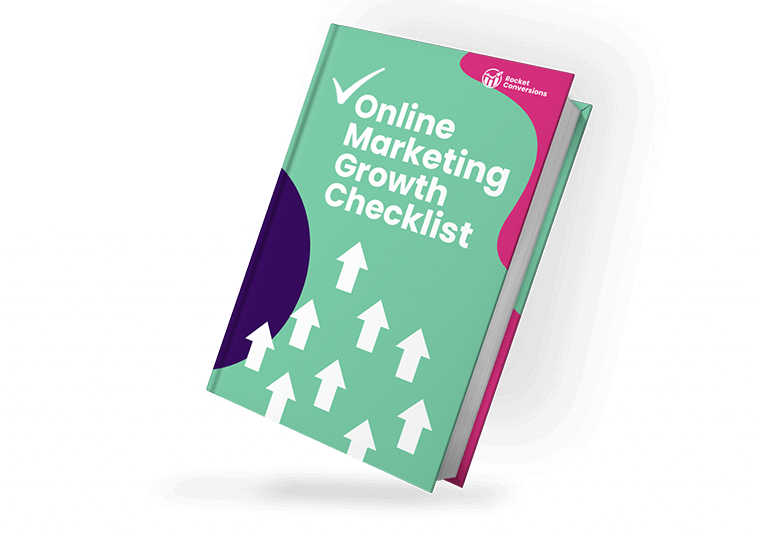Although social media, clickable ads, and other forms of digital marketing on the rise, there’s no denying the power of one of the oldest online marketing channels: email marketing. With the power to generate high returns for your one-time investment (email service provider), email marketing continues to generate leads and drive conversions for businesses that know how to use it well.
Let’s take a look at 10 best practices so you get maximum conversions from your email marketing:
1. Implement personalization in every email
Increase your open rates by upto 203% by just personalizing the subject lines of your emails with power words or your recipient’s name. People are much more likely to open an email if it feels like they’re being spoken to directly.
However, personalisation doesn’t just stop there. Utilise the tags when building out emails to address your readers directly with their first name, and dynamic fields to show them which product they’re browsing, or which products they’ve added to their cart. The goal is to make every interaction feel as human as possible.
2. Segment your lists:
Email list segmentation allows marketers to send highly targeted emails by dividing subscriber lists into small groups or “segments”. Segmented and personalised automated email messages have an average of 46% higher open rates than non-segmented marketing messages and marketers who use segmented campaigns can see as much as a 760% increase in revenue.
So instead of one message to your entire list, divide your database into smaller groups and alter your messaging accordingly. The most popular segmentation strategies for your customer lists are:
- Demographics: age, gender, job, income
- Geographics: geolocation of subscribers or time zones
- Email Engagement: open rates, click-through rates
- Buyer Behaviour: first-time buyers, repeat buyers, never purchased
- Average Order Value: discount shoppers, VIP customers
- Sales Funnel Position: brand new subscribers, cart abandonment
- Website Behaviour: pages visited, time spent on each page
3. Keep the two-way communication open:
Keep your ‘reply-to’ email open and branded to increase the chances of sending and receiving emails. Never use a “no-reply” email as it prevents subscribers from replying to your emails, thus a missed opportunity for your business. Additionally, subscribers are much more likely to open emails that come from a person at the company – it’s more human, and in a world of technology we all crave that don’t we?
4. Keep your subject lines simple:
Your subject line is the main driver behind your open rates, and if you don’t keep it interesting enough, your subscriber’s eyes are just going to pass by your email.
Along with personalization with your recipient’s name, you’ll also want to use the right amount of words to clearly convey why the reader should open the email. This may include incentives such as “Free shipping when you spend $50 or more!” or even “10% for the next 24 hours!”
Adding on to that, remember to utilise the ‘preview line’ for the email – this is the line that shows up after the subject line. Most businesses miss out on this prime property by leaving the “Can’t see this email properly”…” line as the preview, and forget that it’s a second chance to entice your reader into clicking through the email.
The best practice is to keep your subject line between 30 to 50 characters – any more than that and it may be cut off.
5. Only have one CTA:
To make it easy for your reader to complete the desired action, always include a singular and attention-grabbing call-to-action within your emails. Be sure to keep this aligned with your branding – colours, button styles that match your website, and words that compel them to actually click through.
Also remember that words often carry connotations to them – a simple “Get Started” sounds easier to click on instead of “Sign Up Now” which may sound like a lengthy process. Be sure to A/B test a couple of CTA buttons to find out what your subscribers click on the most.
One way to ensure your readers take the desired action is to have your CTA featured at least 3 times throughout your email, with at least one being above the fold. Repeated exposure increases the likelihood of clicking through.
6. Monitor the good metrics:
Open Rate: As the most simple and important KPI, this measures how many subscribers opened the email you sent. It can provide insights on the success of your subject line and brand reception. On average, most email campaigns have an open rate of 24%.
Click-through (CTR) Rate: This measures how many people clicked on the links in your email. It shows how many people are interested in the offers you linked and even the success of your email layout. An average CTR is slightly over 4%.
Conversion Rate: This measures how many people took an action, such as making a purchase, after clicking on your links. This gives you insight on how many of your subscribers are converting thanks to the email.
7. Monitor the not-so-good metrics:
Bounce Rate: This measures how many subscribers did not receive your email. While soft bounces tell you there are temporary problems with your list’s email addresses, hard bounces reflect more permanent problems with the same. Comparing your bounce rate to your open rate allows you to understand the quality of your subscriber list: a high hard bounce rate tells you that the list may have more old, fake or incorrect email addresses in it.
Unsubscribe Rates: Your email provider dashboard can clearly show how many people unsubscribe from your emails. While this sounds like a discouraging metric, it’s particularly helpful in fine-tuning your subscriber list to only include people who want to receive your emails. As a result, with time you’ll get higher open rates and lower bounce rates. It’s important to always give readers the option to unsubscribe, because you don’t want people to report you as a spammy sender. By giving people the choice to choose the content they receive from you, you also build trust.
8. Keep your lists clean:
On average, email lists decline by 20-30% annually and a third of your subscribers won’t even open your emails. Then why should you email them?
This is why cleaning your email lists is a must at least few times a year. With a refined and engaged email list, you’re likely to see better open and click rates because people want your content, lower bounce rates as the email address owners are real and engaged people, fewer spam complaints thus improved sender reputation and a better idea of the success of your email marketing strategy.
By filtering out unenaged or inactive subscribers once every few months, you can ensure that you only send your emails to an engaged segment who will open and click through your emails. As a result, you can gradually see better open and click rates, and lower bounce or unsubscribe rates as you’ll only be emailing people who are interested in hearing from you. It’s also a great way to improve your email deliverability.
9. Continually A/B test your emails
Marketing is all about consistently testing different styles and messages and moving forward with what works best. Email marketing is no different, with various testing that should be taking place across subject lines, email content, lists, segments, as well as sending times. This split tests allow you to send Group A a certain email, and Group B the same email with a different variable. As a result you’ll be able to see which email gets you better open and click through rates.
10. Ensure your email design is user-optimized
The ideal email width is 600px as this allows readers to read your entire email without scrolling side to side on their desktop or computer. Anything above this can be an inconvenience for the user.
At the same time, remember to keep your emails mobile-optimized with your font sizing, colours, and button styles. If you have buttons you want readers to click on, keep them large and clear.

